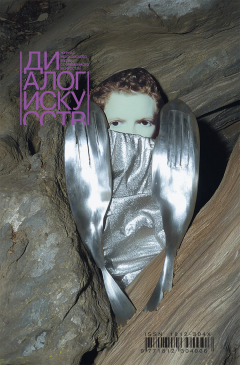As large culture media have been gradually dying out, niche media, specializing solely in publishing exhibition photo- graphs have been cropping up. Among this movement’s pioneers is the Contemporary Art Daily website. Launched in 2008, the website has turned into a large platform which collaborates with galleries, museums, exhibition halls and biennials. Independent projects with a limited budget such as the Belgian ArtViewer, the Russian Tzvetnik, the Portuguese Aujourd’hui and O Fluxo have appeared. While each website has its own characteristic features, together they have formed an international platform for experimental venues and artist-run spaces and produce their own agendas, different from the mainstream. Not regarded as a trendsetter, thanks to this strategy they have already garnered a loyal following among young artists. Some of these radicals have even put forth the following maxim: if one’s works are not featured on these photo aggregators or at least on Instagram, then he or she cannot be considered an artist.
Photo aggregators have side effects. Documentation has begun to tell art what it should look like. The tail is wagging the dog. And by now the process has gone too far.
More and more often, statements like “this exhibition was produced in order to be published on Tzvetnik” are heard. At the same time, a thorough consistent criticism of photo aggregators is voiced. There are artists who have accepted the challenge to oppose this trend. And this is encouraging. Some try to produce artworks that cannot be documented. Others search for flaws in the established for- mats and dominant mediums. Soon there will be new discussions and new forms. However this does not diminish the role of photo aggregators, which are now subject to criticism—they have played their part and have entered art history.




